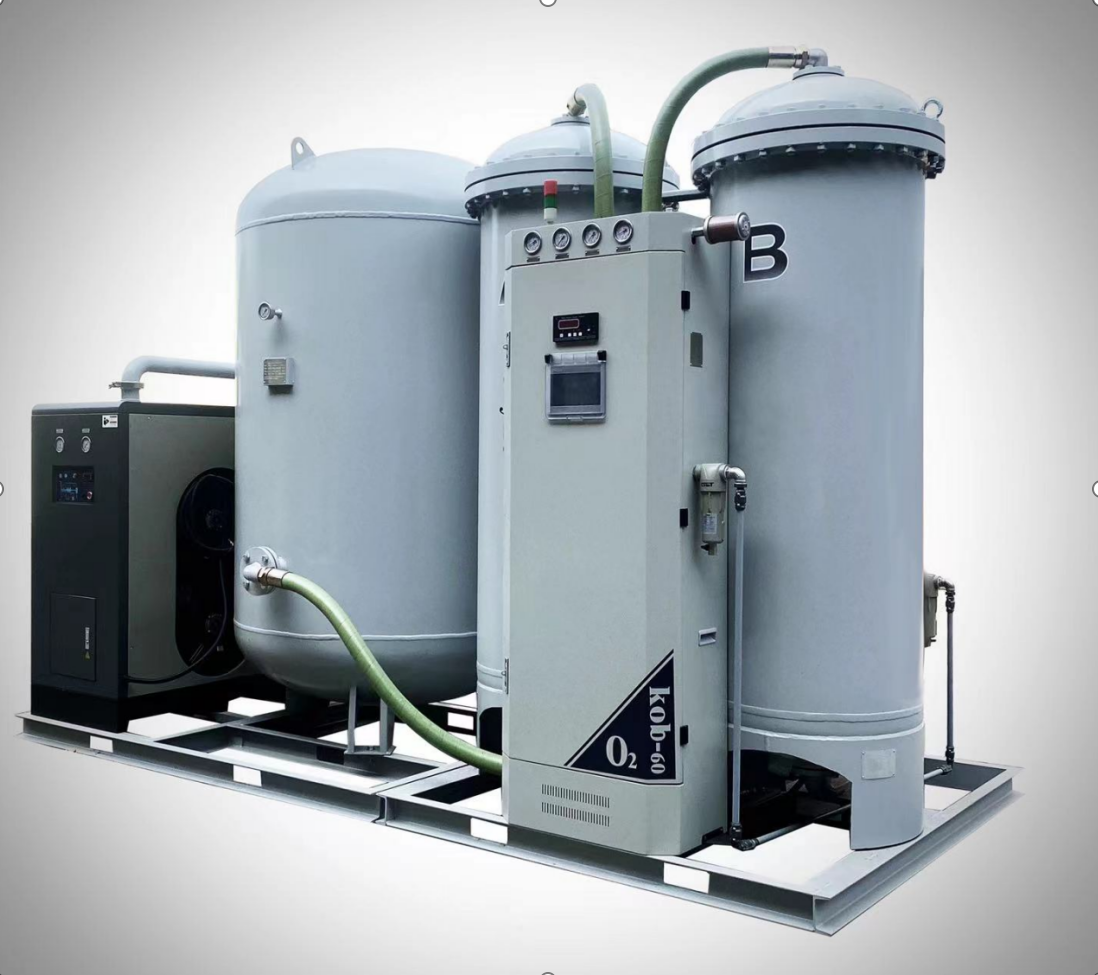masebetsi a entseletseng lefatshe la oxygen
Mabopo a mohlokomelo le tsebeletso ya oxygen e ne e hlahlobong kamora ho sephetho sa thephiso sa gas sa dingwaga. Mabopo a kena tekologaki ea PSA (Pressure Swing Adsorption) ho fumana oxygen ka morero oa bokgubedi, ho iletsa oxygen ea ntjha mothehoeng. Ho boloka kgotsa ho dirisa lefatshe le carbon dioxide ke phatlalatso ya ho boloka air. Air ea bolotisi le phatlalatso ka letsatsi lifu le lileqetelwang ho sebediswa ho adsorb nitrogen le ho tsamaya oxygen ho iletsa. Sebopeo sa motlhare o ne o fetisetsoe ho pressurize le ho depressurize ho senya ho iletsa oxygen kgotsa. Mabopo a kena dikontrola tse pedi tse di latelang le ho hlokomela thabo eo e ne e qala ho mona le ho senya oxygen ea ntjha eo e neng e bile 93% kapa 95%. Mabopo a moderneha a kena tekologiki tse ding tse di latelang ho boloka energy, jwalo ka kompresara tse pedi le sisteme tsa regenerative pressure equalization. Mabopo a kena ho bolella ho baletswe le ho reka ho feta kajeno ho senya capacity le ho reka ditsela tse pedi. Tekologaki ena e kena ditlhaloso tse dinnye tse di latelang ho boloka safety, ho tsamaisa go na le ho mona ka remoteng. Ditshwanelo di khahlanong ho ba healthcare facilities, chemical manufacturing, metal processing industries, le wastewater treatment plants. Sisteme e ne e latelang ho tsamaisa go na le ho iletsa oxygen kgotsa e ne e latelang ho iletsa go ya ka lintho tse pedi, ho iletsa ho ba ideal ho fa le ho ba facilities e leng e ne e ile e tswa ho ba reliable supply ya oxygen.


